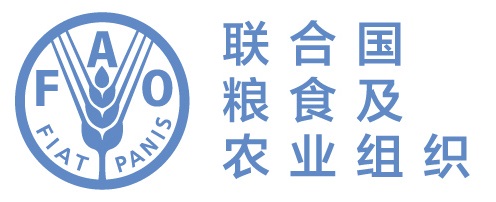Valsa malicola detected in Victoria, Australia
- old revision
- Publication Date
- Tue, 30 Jun 2015, 06:19
- 最后更新与
- June 30, 2015, 6:19 a.m.
- Report Number
- AUS-44/3
- 国家
- Australia
- Pest Id
- Valsa malicola - (VALSMC)
- Report Status
- Final
- Hosts
- Malus domestica cv Granny Smith
- Pest Status (old values from ISPM 8 -1998 )
-
- Present: at low prevalence
- Unknown
- Pest Status (ISPM 8 - 2021)
-
- Present: at low prevalence
- Geographical Distribution
- Yarra Valley, Victoria , Australia Possibly common in Australia as all Valsa/Cytospora species are difficult or impossible to identify based on morphology. Valsa ambiens is common on apple in Australia and some of these records could be V. malicola.
- 摘要
V. malicola is associated with dieback of Malus twigs, especially those weakened by other factors, for example when frozen, burnt, wounded, injured by insects or attacked by other pathogens.
It is found on dead or dying twigs of Maloideae (Cotoneaster, Crataegus, Cydonia, Malus, Pyracantha, Pyrus, Rosa) but only infrequently on other members of the Rosaceae (e.g. Prunus) when it is present mainly as the anamorph. Both conidia and ascospores are air-borne, especially under humid conditions. Brightly coloured droplets or tendrils of conidia are often exuded from conidiomata after rain.
It is found in Asia: Armenia, Azerbaijan, China, Republic of Georgia, Kazakhstan, Russia. Europe: Austria, Czech Republic, Germany, Italy, Latvia, Lithuania, Portugal, Rumania, Russia, Slovakia, Sweden, Switzerland, UK, Ukraine. North America.
- Danger
- Valsa malicola was detected in an apple orchard on a mature tree during a survey. The fungus was affecting twigs and possibly branches. It is a weak opportunistic pathogen that usually has no effect on fruit production.
- Contact for info
- Chief Plant Protection Officer Australian Government Department of Agriculture, Fisheries and Forestry GPO Box 858 Canberra ACT 2601 Australia [email protected]
- Report files
- 网站
- Issue keywords
- Pest status:Present/Presence
- Commodity keywords

